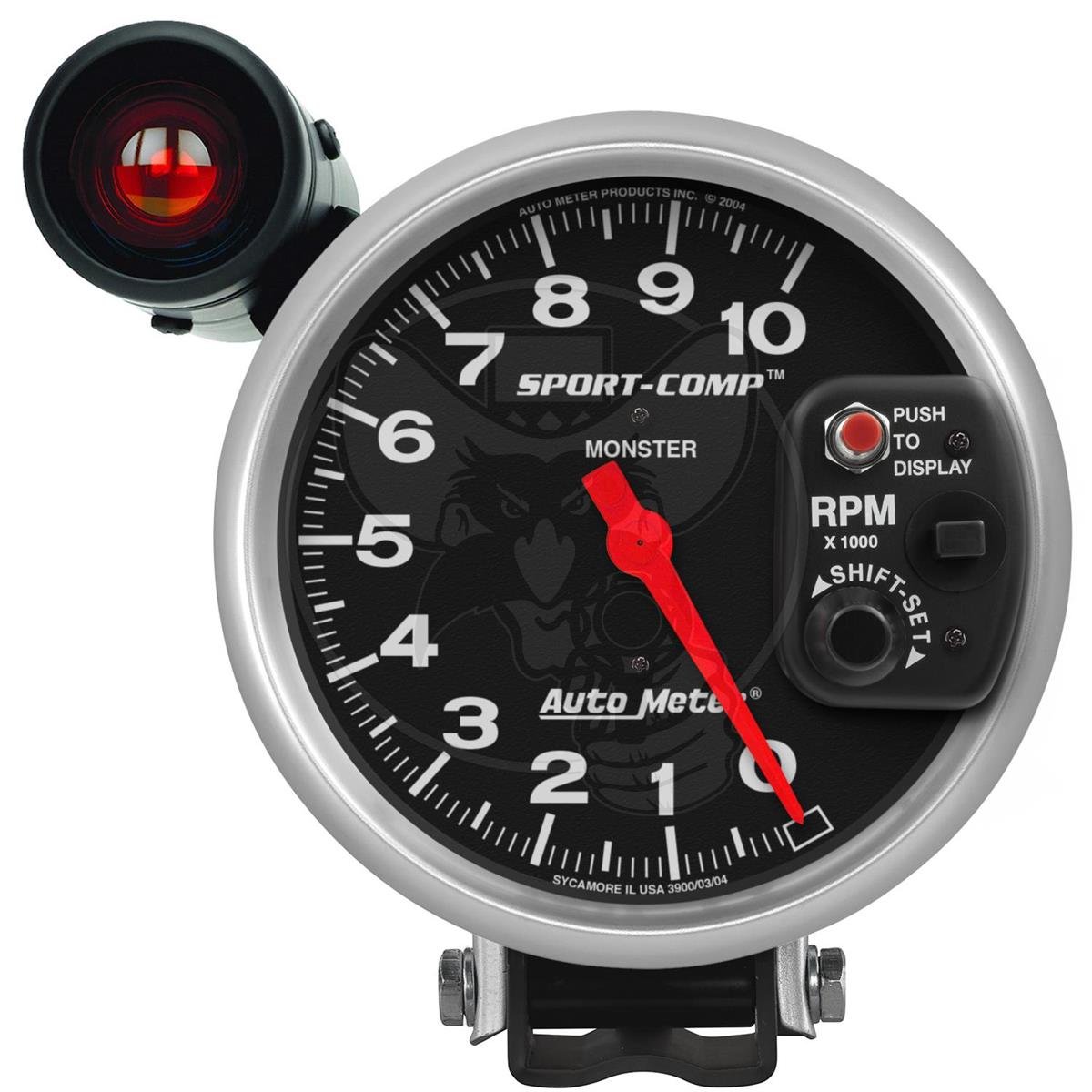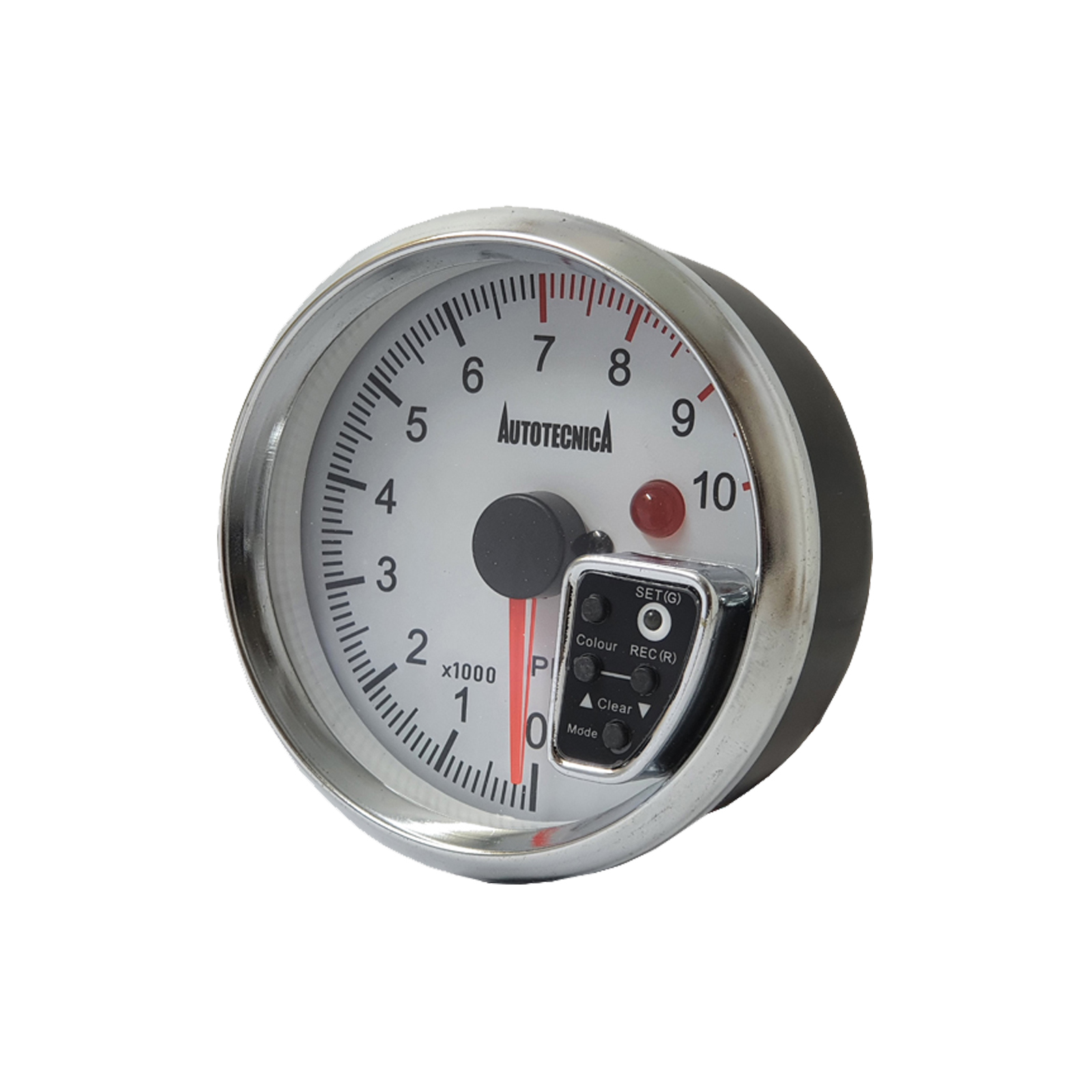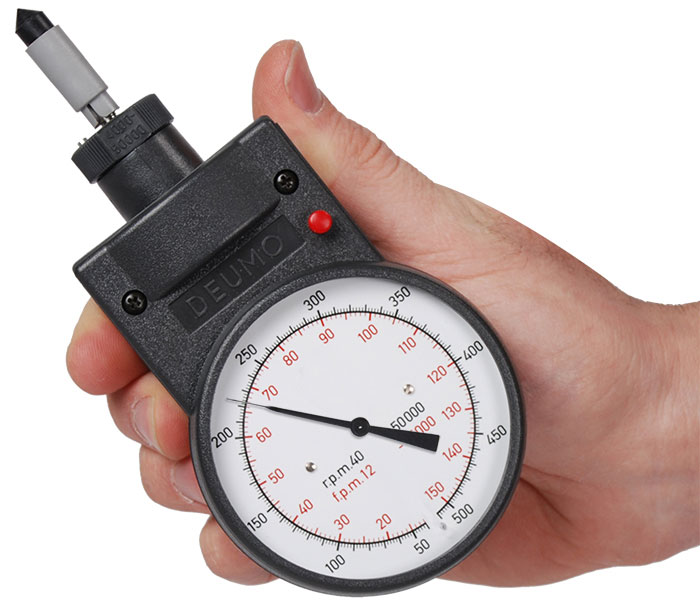The Value of a Tachometer in Checking Engine Speed and Efficiency in Automotive Applications
In the world of automobile engineering, the tachometer stands as an essential instrument in the driver's toolbox, providing a straight home window into the internal workings of an automobile's engine. Beyond its feature as a mere gauge of changes per minute (RPM), the tachometer acts as an important tool for lovers and professionals alike, supplying real-time understandings into engine efficiency and health. Recognizing the value of this device exceeds surface-level monitorings, delving into the elaborate partnership between engine speed, power outcome, and general driving experience. As we discover the multifaceted role of the tachometer in automotive applications, a deeper admiration for its influence on vehicle dynamics and effectiveness starts to emerge.
Significance of Keeping An Eye On Engine RPM
Keeping an eye on engine RPM, or changes per minute, is a crucial facet of vehicle maintenance and efficiency examination. Engine RPM directly correlates with the rate at which the engine's crankshaft rotates, showing how promptly the engine is running.
Additionally, keeping an eye on engine RPM is vital for efficiency evaluation in racing and high-performance lorries. In summary, keeping track of engine RPM is not only essential for spotting problems however additionally for optimizing engine performance in different vehicle applications.

Benefits of Real-Time Data
In vehicle applications, real-time information plays a crucial function in supplying instant understandings into the efficiency and problem of the vehicle. By constantly keeping track of numerous criteria such as engine speed, temperature, fuel usage, and extra, real-time data offers various advantages that add to enhanced performance and security when driving.
One considerable advantage of real-time data is its capacity to sharp motorists and professionals to any kind of abnormalities or problems promptly. This proactive approach makes it possible for fast identification of potential problems, permitting prompt treatments to prevent more damages or break downs. Additionally, real-time information helps with performance optimization by offering immediate responses on driving routines and engine efficiency. Drivers can readjust their habits in real-time based on this details to attain much better gas economic situation and lengthen the lifespan of their car.

Furthermore, real-time information plays a vital duty in modern automotive diagnostics, making it possible for specialists to promptly diagnose and attend to malfunctions. This results in lowered downtime, lower upkeep costs, and eventually, boosted overall car integrity and longevity (tachometer). By taking advantage of the power of real-time data, vehicle stakeholders can make enlightened decisions that positively affect both the efficiency and longevity of the car
Effect On Gear Shifts
Effective equipment changes in auto applications considerably influence general efficiency and driving experience. The tachometer plays an important duty in maximizing equipment changes by providing real-time engine speed data to the chauffeur. When approaching the redline on the tachometer, it signifies the driver to upshift to avoid over-revving the engine and triggering prospective damage. On the other hand, downshifting at the ideal minute can assist maintain the engine in its power band, ensuring responsive acceleration when needed.
Additionally, the tachometer help in accomplishing smoother gear changes, specifically in hands-on transmissions. By try here keeping track of engine speed, vehicle drivers can execute gear changes at the optimal RPM range, lowering jerking motions and reducing endure the transmission parts. This accuracy in gear modifications not only boosts driving convenience however also adds to fuel efficiency.
Enhancing Gas Performance
Provided the important role the tachometer plays in maximizing gear changes for performance and engine wellness, it directly contributes to taking full advantage of fuel performance in automobile applications. By providing real-time comments on engine speed, the tachometer aids vehicle drivers in preserving the most effective RPM range for gas economy. When motorists consistently check the tachometer and readjust their driving behaviors accordingly, they can stay clear of unnecessary fuel intake triggered by over-revving or hauling the engine.
Moreover, the tachometer assists drivers determine one of the most fuel-efficient gear to be in at any type of provided moment, preventing the engine from functioning harder than required. This is specifically essential throughout velocity and cruising, where being in the best equipment can considerably affect gas efficiency. Additionally, the tachometer can inform vehicle drivers to potential mechanical issues that might be adversely affecting fuel economic climate, such as a sliding clutch or a clogged up air filter. Finally, the tachometer functions as a valuable tool in improving gas performance by advertising optimum driving habits and identifying areas for renovation in the car's performance.

Making Best Use Of Engine Longevity
The tachometer's role in keeping track of engine rate and performance is important in guaranteeing the longevity of automobile engines. By using the tachometer successfully, chauffeurs can optimize engine durability pop over to this site through mindful RPM monitoring. Continually revving an engine too expensive can bring about extreme wear and tear on vital components, such as the pistons, shutoffs, and bearings. In time, this can cause decreased engine efficiency and news prospective malfunctions. Keeping an eye on the tachometer allows vehicle drivers to stay within the recommended RPM variety for their vehicle, protecting against unneeded strain on the engine and prolonging its lifespan.

Final Thought
In conclusion, the tachometer plays a crucial function in keeping track of engine rate and performance in auto applications. By offering real-time information on RPM, it permits reliable gear changes, enhanced fuel performance, and made best use of engine durability. This tool is vital for keeping optimal engine efficiency and ensuring the general functionality of a lorry.